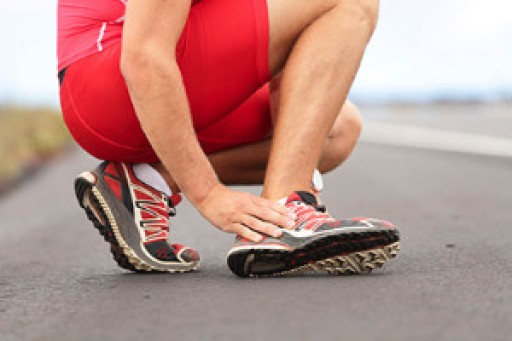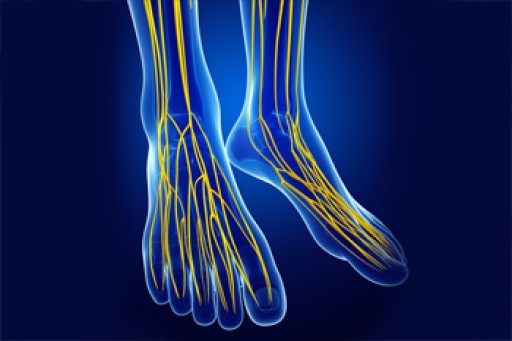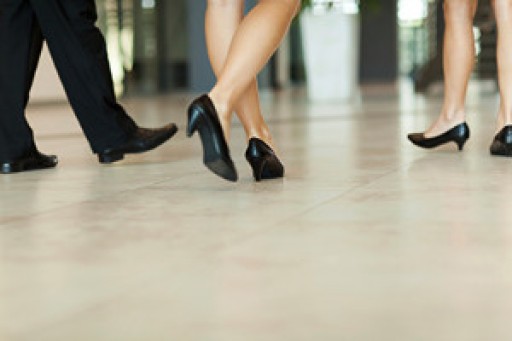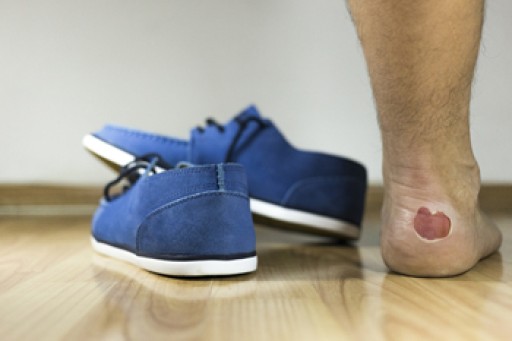 As your child's feet become stronger, it is important that the correct size shoes and socks are worn while walking outside. Research has indicated the importance of having your child's feet measured approximately every three months, as this can be helpful in determining the correct shoe size. The feet will typically become stronger while walking barefoot indoors, which can be a result of the toes grasping the floor. Many babies are born with flat feet, however the arch generally will develop during the teenage years. Additionally, it is common for many children to walk on their tip-toes, which can be indicative of an existing foot issue. If you would like more information about how to properly care for your child’s feet, please consult with a podiatrist.
As your child's feet become stronger, it is important that the correct size shoes and socks are worn while walking outside. Research has indicated the importance of having your child's feet measured approximately every three months, as this can be helpful in determining the correct shoe size. The feet will typically become stronger while walking barefoot indoors, which can be a result of the toes grasping the floor. Many babies are born with flat feet, however the arch generally will develop during the teenage years. Additionally, it is common for many children to walk on their tip-toes, which can be indicative of an existing foot issue. If you would like more information about how to properly care for your child’s feet, please consult with a podiatrist.
The health of a child’s feet is vital to their overall well-being. If you have any questions regarding foot health, contact Frank Henry, DPM of Marble Falls, TX. Our doctor can provide the care you need to keep you pain-free and on your feet.
Tips for Keeping Children's Feet Healthy
- Make sure their shoes fit properly
- Look for any signs of in-toeing or out-toeing
- Check to see if they have Clubfoot (condition that affects your child’s foot and ankle, twisting the heel and toes inward) which is one of the most common nonmajor birth defects.
- Lightly cover your baby’s feet (Tight covers may keep your baby from moving their feet freely, and could prevent normal development)
- Allow your toddler to go shoeless (Shoes can be restricting for a young child’s foot)
- Cut toenails straight across to avoid ingrown toenails
- Keep your child’s foot clean and dry
- Cover cuts and scrapes. Wash any scratches with soap and water and cover them with a bandage until they’ve healed.
If you have any questions, please feel free to contact our office located in Marble Falls, TX . We offer the newest diagnostic and treatment technologies for all your foot care needs.


 Ankle pain
Ankle pain








